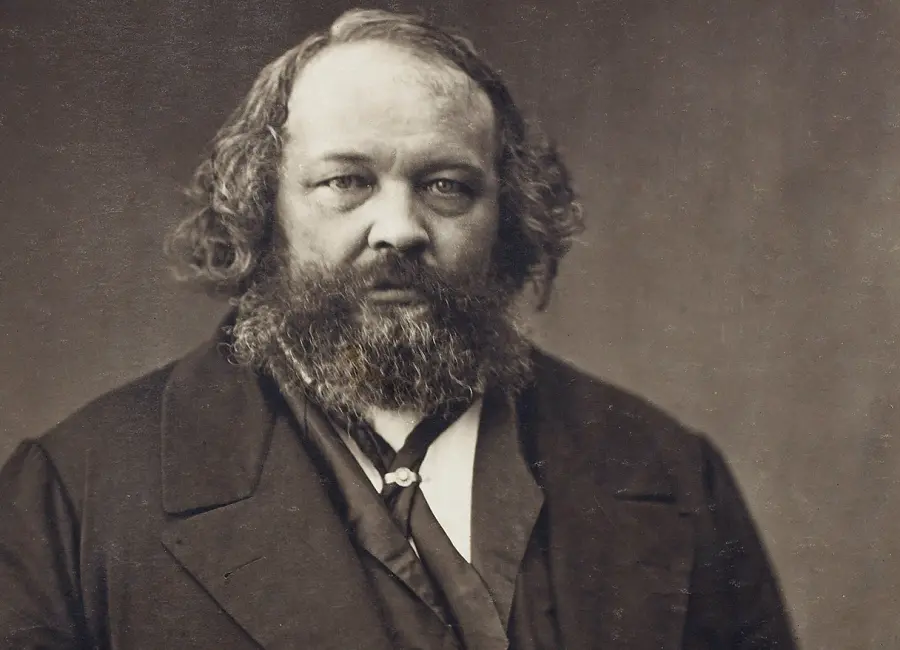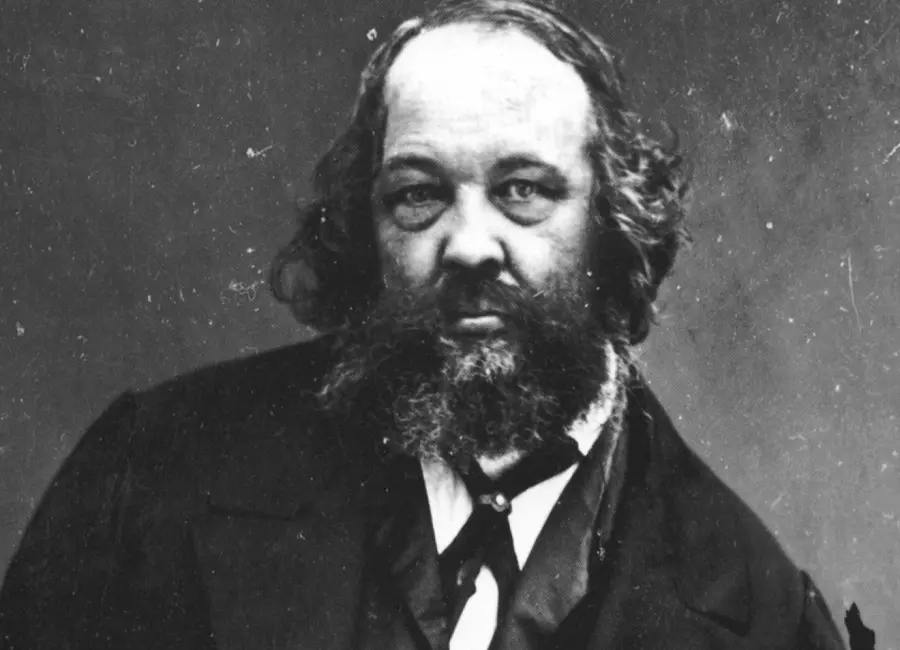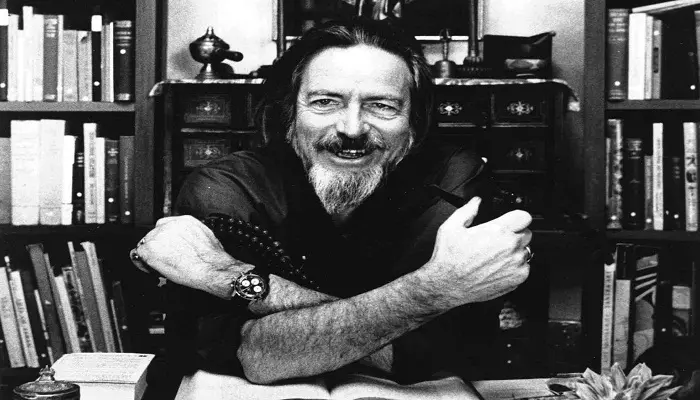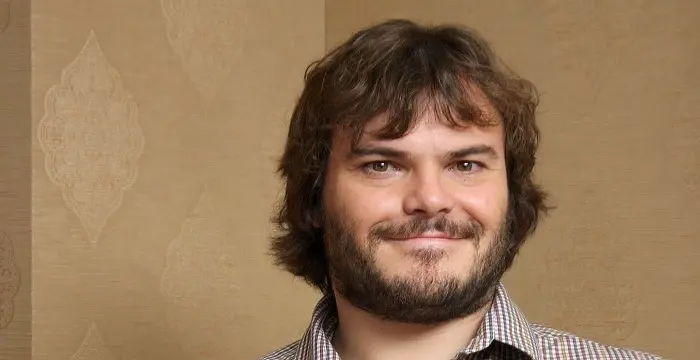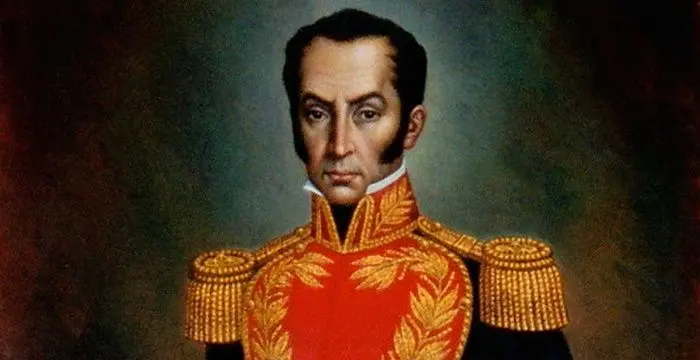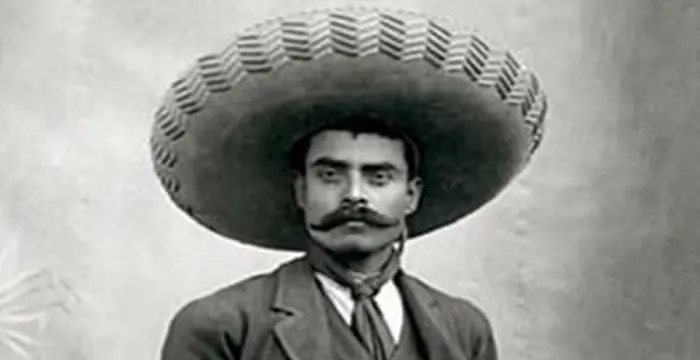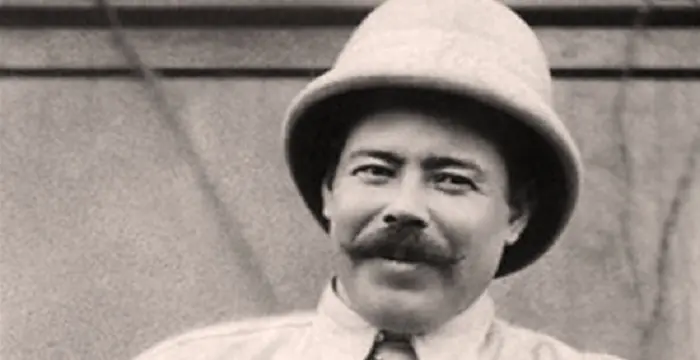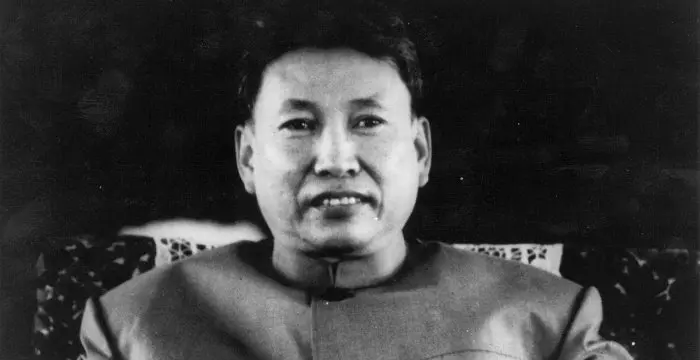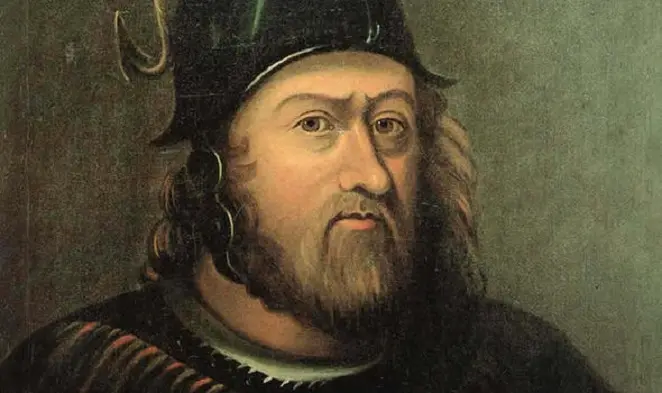
Mikhail Bakunin - Leaders, Life Achievements and Facts
Mikhail Bakunin's Personal Details
Mikhail Bakunin was a Russian revolutionary and political writer, who is regarded as ‘The Father of Anarchism’
| Information | Detail |
|---|---|
| Birthday | May 30, 1814 |
| Died on | July 1, 1876 |
| Nationality | Russian, Swiss |
| Famous | Atheists, Philosophers, Leaders, Revolutionaries |
| Known as | Mikhail Alexandrovich Bakunin |
| Universities |
|
| Birth Place | Russia |
| Born Country | Russia |
| Gender | Male |
| Sun Sign | Gemini |
| Born in | Russia |
| Famous as | Philosopher |
| Died at Age | 62 |
// Famous Leaders
Edi Rama
Edi Rama is the current Prime Minister of Albania. Check out this biography to know about his childhood, life, achievements, works & timeline.
Tecumseh
Tecumseh was a Native American leader of the Shawnee clan. This biography profiles his childhood, life and timeline.
Khalifa bin Zayed Al Nahyan
Sheikh Khalifa bin Zayed Al Nahyan is the current President of the United Arab Emirates (UAE). Check out this biography to know about his birthday, childhood, family life, achievements and fun facts about him.
Mikhail Bakunin's photo
Who is Mikhail Bakunin?
Legendary Russian revolutionary, anarchist and prolific political writer, Mikhail Bakunin was one of the most powerful propagators of anarchism in the 19th century. As a proponent of the ‘Theory of Collective Anarchism’, his ideas continue to influence contemporary labour movements, left-wing movements and other present-day social movements, including anti-globalisation campaigns. He was politically active during a turbulent period in European history and laid down the foundations for the international anarchist movement through his powerful writings. His works dealt with the social and political principles of anarchism. The founder of the semi-secret organisation ‘International Brotherhood’, Bakunin garnered immense support from Sweden, Norway, Denmark, Belgium, England, France, and Spain. His ideologies have been an inspiration to many modern writers and freedom fighters including Bhagat Singh. His life is an example of ruthless struggle - he was imprisoned for many years and was exiled after he liberated the working class from the powerful talons of state oppression. Interestingly, he did not receive any recognition for his philosophies and efforts during his lifetime.
// Famous Philosophers
Martin Buber
One of the greatest philosophers to have ever walked on earth, Martin Buber contributions to philosophy is a long-standing one. Explore all about his profile, childhood, life and timeline here.
Lao Tzu (Laozi)
Lao Tzu was a legendary Chinese philosopher who wrote the important “Daodejing”. This biography profiles his childhood, life, career, achievements and timeline.
Alan Watts
Alan Watts was a famous British philosopher known for his Zen teachings and interpretations of Eastern philosophy. Read more about this great philosopher in the following article.
Childhood & Early Life
Mikhail Bakunin was born in a humble family in the village of Pryamukhino, Moscow and was the eldest of nine siblings.
He received military training at the age of fourteen at the Artillery School in Saint Petersburg, before which he was home-schooled.
In 1832, he served as a junior officer in the Russian Imperial Guard for a brief period. Soon, he abandoned both military and civil service, to study philosophy.
Career
In 1835, he travelled to Moscow to study philosophy and the following year he translated German philosopher Johann Fichte’s works - ‘Some Lectures Concerning the Scholar's Vocation’ and ‘The Way to a Blessed Life’.
In 1840, he moved to Berlin after getting a teaching offer in the department of philosophy. Here, he became part of the German intellectual group ‘Young Hegelians’ and also became a supporter of the socialist movement in Berlin.
In 1842, he authored the well-known essay, ‘The Reaction in Germany-A Fragment by a Frenchman’, which put forth the ideas of the prevalent social and political revolution.
In 1844, as a consequence of his strong socialistic ideals, the Russian government stripped off his status of a noble, curbed his privileges and confiscated his property, after which he was banished to Siberia.
On November 29, 1847, he gave a political speech that supported the Polish Independence movement. As a result, he was forced to leave France on the order of the Russian Ambassador and soon, shifted to Brussels.
During his stay in Berlin, his interest in socialism grew deeper and he abandoned his academic career and became part of the revolutionary, socialistic movement.
In 1848, he authored ‘Appeal to the Slavs’, a proposal to overthrow the European autocracies.
Following his participation in the ‘Czech rebellion of 1848’, a series of political upheavals throughout Europe, he was arrested in Dresden, Germany. He was imprisoned in the Peter-Paul Fortress, Saint Petersburg, where he remained until 1857. Following his imprisonment, he was ordered to work in Siberia.
In 1859, he moved to Eastern Siberia along with his wife, to work at the Amur Development Agency.
In 1861, he escaped from Siberia via sea route in an American ship ‘SS Vickery’ and reached Yokohama, Japan. Here, he met fellow revolutionaries, Wilhelm Heine and Philipp Franz von Siebold.
He left Japan and sailed on ‘SS Carrington’ to San Francisco, where he met members of the ‘Forty-Eighters’, veterans of the 1848 revolutions in Europe.
He re-entered Western Europe and partook in the Polish revolutionary movement, after which he sailed across the Baltic in the ‘SS Ward Jackson’ to be a part of the Polish insurrection. Sadly, he failed to reach his destination and planned to travel to Italy instead.
In 1863, he began his journey to Italy and reached his destination on January 11, 1864. It was here, he began to develop his ideas on anarchy.
In Italy, he founded the ‘International Brotherhood’, an underground association of revolutionaries that carried out propaganda for which he recruited Italians, Frenchmen, Scandinavians and Slavs.
He began expanding his association, the ‘International Brotherhood’ to other countries and had members in Sweden, Norway, Denmark, Belgium, England, France, Spain, and Italy, apart from Polish and Russian members.
From 1867 to 1868, he became a prominent member of the ‘League of Peace and Freedom’, the Inaugural congress of the bourgeois-pacifist and also authored the essay ‘Federalism, Socialism, and Anti-Theologism’.
In 1868, he became a member of the ‘First International’, an association of the working class and remained associated with it until he was expelled by Karl Marx, the revolutionary socialist.
From 1869 to 1870, he became involved in the Russian Revolutionary projects along with Sergey Nechayev, a Russian revolutionary.
Major Works
Published in 1873, ‘Statism and Anarchy’ was one of his seminal works written in Russian that helped pave the foundation of the Russian anarchist movement. In Switzerland alone, over 1200 copies were sold in the first week of its release.
He is the founder of the ‘Theory of Collective Anarchism’, also known as ‘anarcho-collectivism’, a doctrine that advocates the abolition of state and private ownership of the means of production. This theory has inspired many people including, Noam Chomsky, an American writer and activist and Bhagat Singh.
Personal Life & Legacy
In 1857, he married Antonia Kwiatkowska, the daughter of a Polish merchant.
He died at the age of 62 in Bern, Switzerland and is interred at Bremgarten cemetery, Bern, Switzerland.
// Famous Atheists
Morgan Freeman
Morgan Freeman is an Academy Award winning actor known for his work in movies like ‘Street Smart’, ‘Driving Miss Daisy’ and ‘Million Dollar Baby’. This biography provides detailed information about his childhood, life, achievements, works & timeline.
Robert Smith
Robert Smith is an English musician and the lead singer of the British rock band, ‘The Cure.’ This biography of Robert Smith gives detailed information on his profile, childhood, life and timeline.
Jack Black
Jack Black is a renowned American actor-producer and voice artist. Explore this biography to learn more about his profile, childhood, career and timeline
Mikhail Bakunin biography timelines
- // 30th May 1814Mikhail Bakunin was born in a humble family in the village of Pryamukhino, Moscow and was the eldest of nine siblings.
- // 1832In 1832, he served as a junior officer in the Russian Imperial Guard for a brief period. Soon, he abandoned both military and civil service, to study philosophy.
- // 1835In 1835, he travelled to Moscow to study philosophy and the following year he translated German philosopher Johann Fichte’s works - ‘Some Lectures Concerning the Scholar's Vocation’ and ‘The Way to a Blessed Life’.
- // 1840In 1840, he moved to Berlin after getting a teaching offer in the department of philosophy. Here, he became part of the German intellectual group ‘Young Hegelians’ and also became a supporter of the socialist movement in Berlin.
- // 1842In 1842, he authored the well-known essay, ‘The Reaction in Germany-A Fragment by a Frenchman’, which put forth the ideas of the prevalent social and political revolution.
- // 1844In 1844, as a consequence of his strong socialistic ideals, the Russian government stripped off his status of a noble, curbed his privileges and confiscated his property, after which he was banished to Siberia.
- // 29th Nov 1847On November 29, 1847, he gave a political speech that supported the Polish Independence movement. As a result, he was forced to leave France on the order of the Russian Ambassador and soon, shifted to Brussels.
- // 1848In 1848, he authored ‘Appeal to the Slavs’, a proposal to overthrow the European autocracies.
- // 1848 To 1857Following his participation in the ‘Czech rebellion of 1848’, a series of political upheavals throughout Europe, he was arrested in Dresden, Germany. He was imprisoned in the Peter-Paul Fortress, Saint Petersburg, where he remained until 1857. Following his imprisonment, he was ordered to work in Siberia.
- // 1857In 1857, he married Antonia Kwiatkowska, the daughter of a Polish merchant.
- // 1859In 1859, he moved to Eastern Siberia along with his wife, to work at the Amur Development Agency.
- // 1861In 1861, he escaped from Siberia via sea route in an American ship ‘SS Vickery’ and reached Yokohama, Japan. Here, he met fellow revolutionaries, Wilhelm Heine and Philipp Franz von Siebold.
- // 1863 To 11th Jan 1864In 1863, he began his journey to Italy and reached his destination on January 11, 1864. It was here, he began to develop his ideas on anarchy.
- // 1867 To 1868From 1867 to 1868, he became a prominent member of the ‘League of Peace and Freedom’, the Inaugural congress of the bourgeois-pacifist and also authored the essay ‘Federalism, Socialism, and Anti-Theologism’.
- // 1868In 1868, he became a member of the ‘First International’, an association of the working class and remained associated with it until he was expelled by Karl Marx, the revolutionary socialist.
- // 1869 To 1870From 1869 to 1870, he became involved in the Russian Revolutionary projects along with Sergey Nechayev, a Russian revolutionary.
- // 1873Published in 1873, ‘Statism and Anarchy’ was one of his seminal works written in Russian that helped pave the foundation of the Russian anarchist movement. In Switzerland alone, over 1200 copies were sold in the first week of its release.
- // 1st Jul 1876He died at the age of 62 in Bern, Switzerland and is interred at Bremgarten cemetery, Bern, Switzerland.
// Famous Revolutionaries
Tecumseh
Tecumseh was a Native American leader of the Shawnee clan. This biography profiles his childhood, life and timeline.
Simon Bolivar
Simón Bolívar was a Venezuelan military leader who was instrumental in independence of several Latin American countries from the Spanish rule. This biography profiles his childhood, life, achievements and timeline.
Emiliano Zapata
Emiliano Zapata was a Mexican revolutionary leader and one of the most important figures of the Mexican Revolution.Check out this biography to know about his childhood, family life, achievements and other facts about his life.
Pancho Villa
Pancho Villa is one of the most renowned names of the ‘Mexican Revolution’ who was also the Governor of Chihuahua. This biography provides detailed information about his childhood, profile, career and timeline
Pol Pot
Pol Pot was the Cambodian revolutionary who led the Khmer Rouge. This biography provides a glimpse of his childhood, career, profile and timeline.
William Wallace
William Wallace was a Scottish knight who was a central figure in the Wars of Scottish Independence. This biography of William Wallace provides detailed information about his childhood, life, achievements, works & timeline.
Mikhail Bakunin's FAQ
What is Mikhail Bakunin birthday?
Mikhail Bakunin was born at 1814-05-30
When was Mikhail Bakunin died?
Mikhail Bakunin was died at 1876-07-01
Where was Mikhail Bakunin died?
Mikhail Bakunin was died in Bern
Which age was Mikhail Bakunin died?
Mikhail Bakunin was died at age 62
Where is Mikhail Bakunin's birth place?
Mikhail Bakunin was born in Russia
What is Mikhail Bakunin nationalities?
Mikhail Bakunin's nationalities is Russian, Swiss
What was Mikhail Bakunin universities?
Mikhail Bakunin studied at NA
What is Mikhail Bakunin's sun sign?
Mikhail Bakunin is Gemini
How famous is Mikhail Bakunin?
Mikhail Bakunin is famouse as Philosopher



